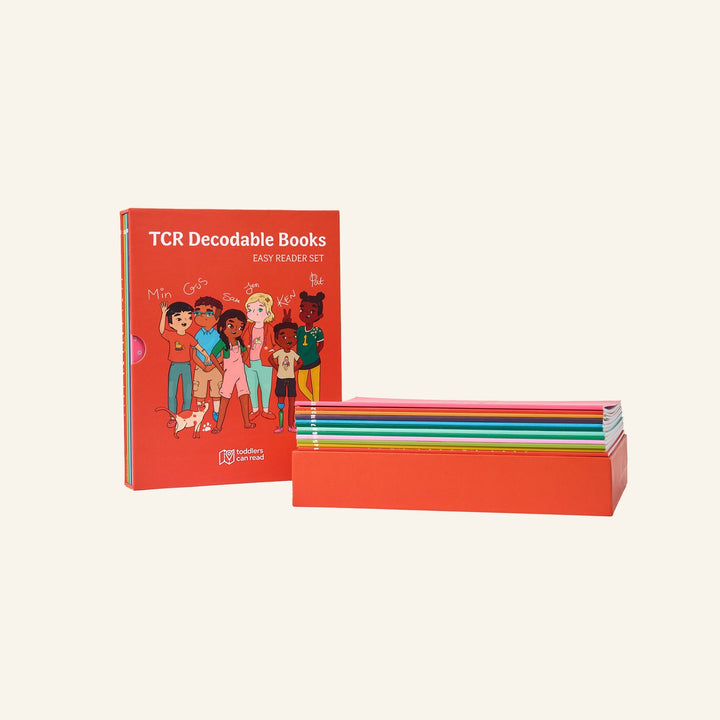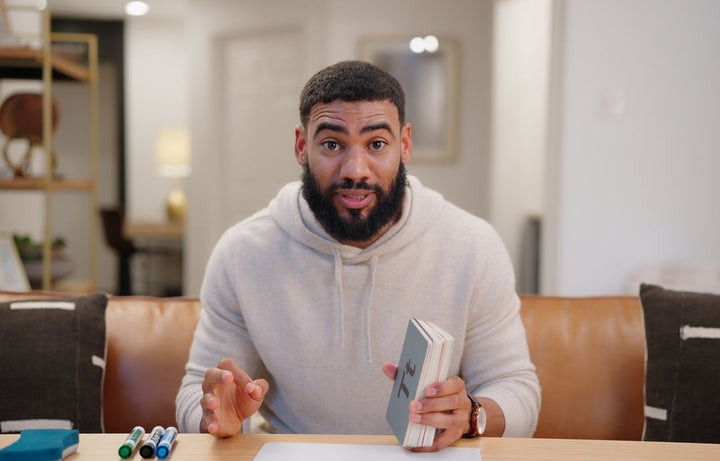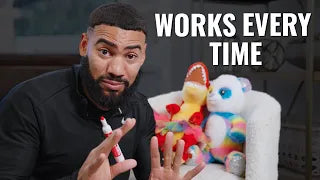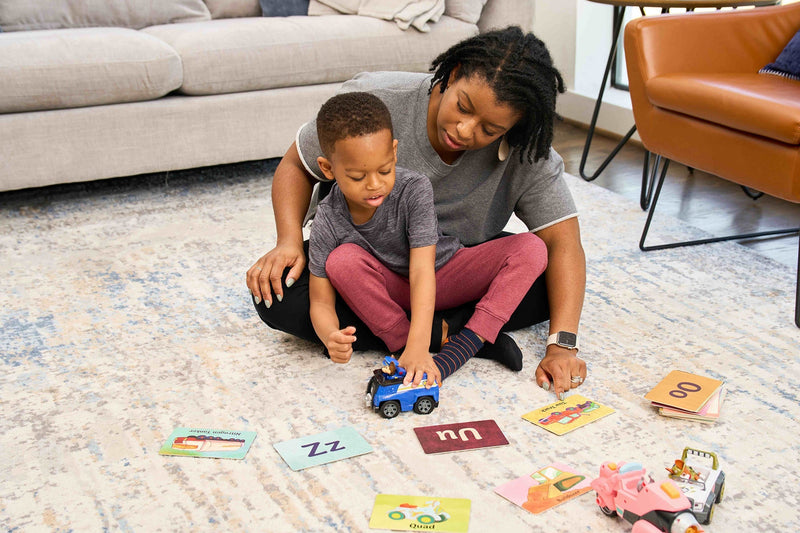One of the most common questions I get from parents who are just getting started teaching their little ones how to read is whether they should teach upper or lowercase letters first, or if they should teach them both together. In this blog post, I'm going to answer that question and give the reasoning behind why I believe what I do.
And just to clarify: When I say teaching the letters, I'm talking about teaching letter sounds. I personally believe in teaching letter sounds first, because that's what they'll need to start actually reading words.
But, just know that some folks believe in teaching letter names first, and that's completely fine. The ideas I cover here will apply to both letter sounds and names, because the process of learning both is so similar.
How Our Brain Learns Letters
It's not a secret: I sell sound flashcards. And they're VERY good.
And if you've ever taken a look at how those cards are designed, you'll notice that they show the upper and lowercase letters together, like this:

And that's because I believe you should teach uppercase and lowercase letters at the same time.
Generally, the way our brains work (both children and adults) is that we're able to remember things in chunks. In learning science, this is called chunking.
Chunking is the reason we're able to remember 3 chunks of digits as a phone number (ex: 281-330-8004) much more easily than we'd be able to remember a string of 10 digits right next to each other. It's also the reason why it's easier for us to remember acronyms (ex: NASA) as one chunk instead of random letters.
This same idea goes for learning letters, too. When we chunk things for our little ones, it makes it possible for them to learn two things at one time.
Do kids get confused when we teach uppercase and lowercase letters together?
Now I know what you might be thinking (because I've been asked this many times before): "Won't they be confused when they start reading and only see one letter case at a time?"
My honest answer is no. I've worked with hundreds of kids who learned uppercase and lowercase letters together, and I can tell you from experience that showing both together rarely leads to confusion.
Yes, sometimes it can lead to your child learning one letter case before the other (for specific letters). But if this happens for a letter or two, there are a couple easy solutions:
- Cover up the letter case that they do know with a notecard, and do targeted practice to work on the letter they're struggling with.
- OR, for this one specific letter, split the uppercase and lowercase letter onto two separate notecards and use those to practice until they've mastered both.
These cards don't need to be anything fancy, they just have to be effective.
Why don't we teach uppercase and lowercase letters separately?
The answer to this question is really just simple math:
If they learn uppercase and lowercase letters separately, they'll need to learn 26 uppercase letters and 26 lowercase letters. That means they'll have to learn 52 things total.
If they learn the uppercase and lowercase letters together, they'll only have to learn 26 things. That's half as much work, which means it'll probably save them time in learning..
And even if they DO get confused by one or two of the letters and you have to split them up and show them separately, that's still only 27 or 28 letters to remember... way less than the 52 they would have to learn if you split up every letter from the start.
Trust the process.
I know some of you might still be skeptical, but I promise you this works.
No, this is not going to end up interfering with your little one's ability to read. No, this is not going to interfere with their ability to spell.
And if your little one is just starting out with learning their letter sounds and are struggling to learn uppercase and lowercase letters at the same time, don't give up right away. Learning the letter sounds takes time, no matter your approach.
Stick with it, and by the end of the week I know you'll be surprised by just how much your little one can learn at once.
Want to teach your little one their letter sounds but not sure where to start? I have a free Beginning Reading Workshop that will walk you through exactly how to teach the sounds, how many sounds to teach at once, and what to do once they've mastered the sounds. There's also a live chat where you can ask me questions directly!
In the meantime, remember that teaching your little one to read doesn't have to be complicated. When it comes to teaching upper and lowercase letters- work smarter, not harder.









